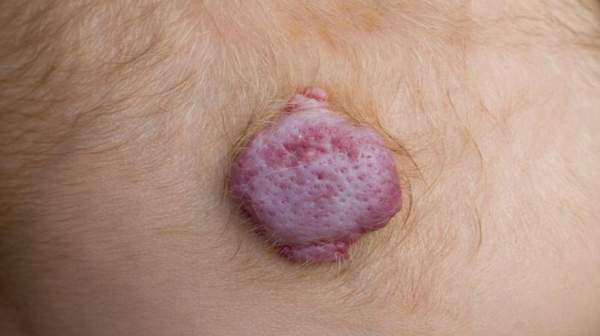What's in this article?
What is Tumor?
A tumor is an abnormal growth of body tissue. Tumors can be cancerous (malignant), noncancerous (premalignant tumors) or non-progressive (benign).
When doctors use the term tumor they are talking generically and not about the size of the lesion. A mass usually refers to a lump which is at least 20 mm (0.787 inches) in diameter at its widest point, while a nodule is less than 20 mm at its widest point.
Tumor sizes may vary enormously. In January 2012, Nguyen Duy Hai, a 32-year-old Vietnamese man underwent a 12-hour operation to remove a 200-pound tumor from his leg. Dr. McKay McKinnon, lead surgeon, had rated the success of the operation at just 50%. The surgery was a success.
Cancer stem cells may play a major role in tumor growth, three studies published in the journals Nature and Science revealed in August 2012. Scientists believe cancer might have its own stem cells that impact on the regrowth of tumors. They added that if further studies confirm their findings, the way we treat cancerous tumors may change dramatically.

Causes of Tumor
In general, tumors occur when cells divide and grow excessively in the body. Normally, the body controls cell growth and division. New cells are created to replace older ones or to perform new functions. Cells that are damaged or no longer needed die to make room for healthy replacements.
If the balance of cell growth and death is disturbed, a tumor may form.
Problems with the body’s immune system can lead to tumors. Tobacco causes more deaths from cancer than any other environmental substance. Other risk factors for cancer include:
- Benzene and other chemicals and toxins
- Drinking too much alcohol
- Environmental toxins, such as certain poisonous mushrooms and a type of poison that can grow on peanut plants (aflatoxins)
- Excessive sunlight exposure
- Genetic problems
- Obesity
- Radiation exposure
- Viruses
Types of tumors known to be caused by viruses are:
- Cervical cancer (human papillomavirus)
- Hepatocellular carcinoma (hepatitis B and hepatitis C viruses)
Some tumors are more common in one gender than the other. Some are more common among children or the elderly. Others are related to diet, environment, and family history.
Tumor biopsy procedures
To decide whether a tumor is malignant or not, a sample must be taken by a surgeon or an interventional radiologist and sent to the laboratory and examined under a microscope by a pathologist – the sample is called a biopsy. There are three different types of biopsies:
- Excisional biopsy – the entire lump or suspicious area is surgically removed.When the specimen plus some surrounding uninvolved tissue is sent to the lab, the pathologist determines the extent of surgical margins around it to see whether the cancer spread beyond the area biopsied. Clear margins, also known as negative margins means that none of the tumor has spread beyond the edges of the biopsied specimen. Positive margins means the tumor has grown beyond the biopsied specimen. Sometimes a wider excision may be needed if the diagnosis is uncertain.
- Incisional (core) biopsy – a sample is surgically removed from the tumor
- Needle aspiration biopsy – fluid or a sample of tissue is removed with a needle.
A study carried out by scientists from the Technical University of Munich in 2012 stressed that for a proper diagnosis, samples need to be taken from various parts of the tumor.
Treatment for Tumor
Treatment varies based on:
- Type of tumor
- Whether it is cancer
- Location of the tumor
You may not need treatment if the tumor is:
- Noncancerous (benign)
- In a “safe” area where it will not cause symptoms or problems with the way an organ works
Sometimes benign tumors may be removed for cosmetic reasons. Benign tumors of the brain may be removed because of their location or harmful effect on the surrounding normal brain tissue.
If a tumor is cancer, possible treatments may include:
- Chemotherapy
- Radiation
- Surgery
- Targeted cancer therapy
- Biologic therapy
- Other treatment options

